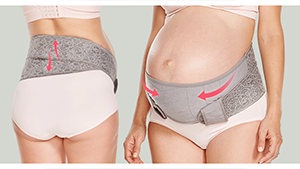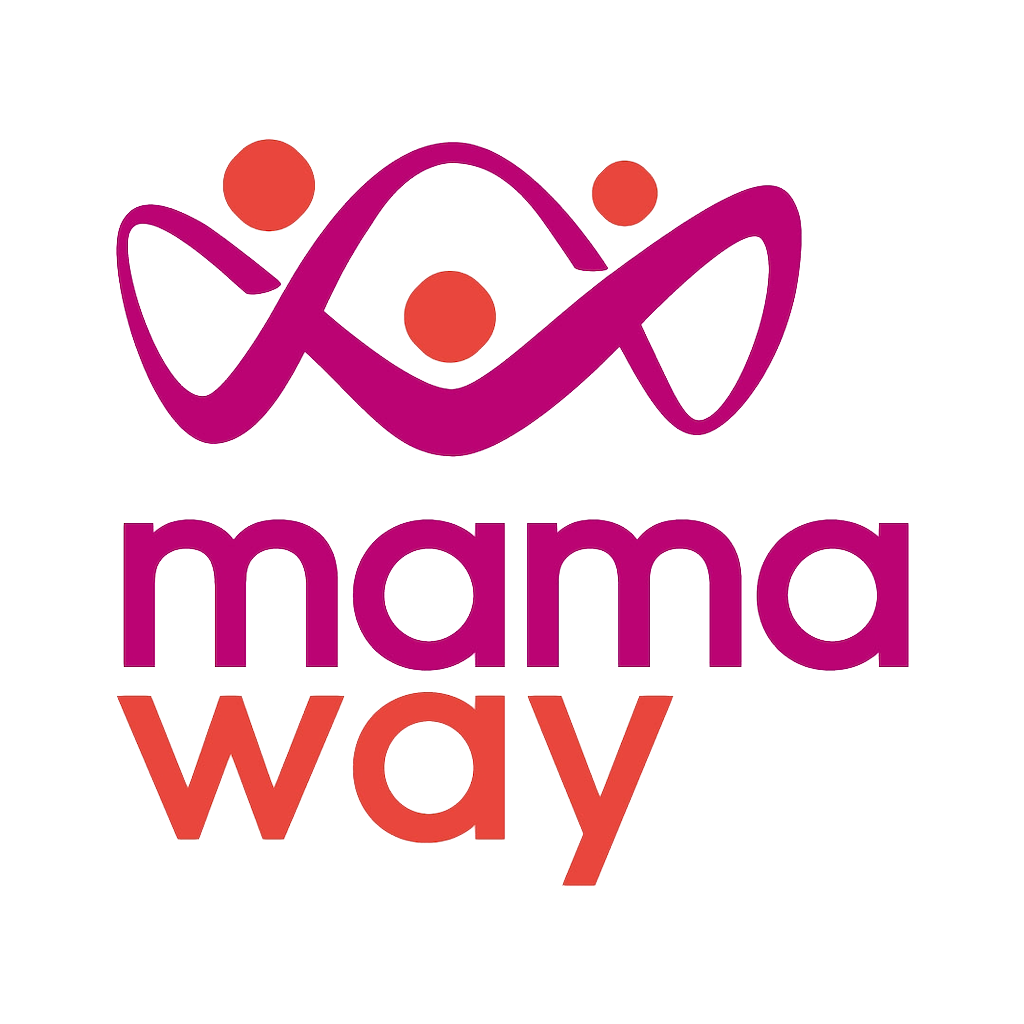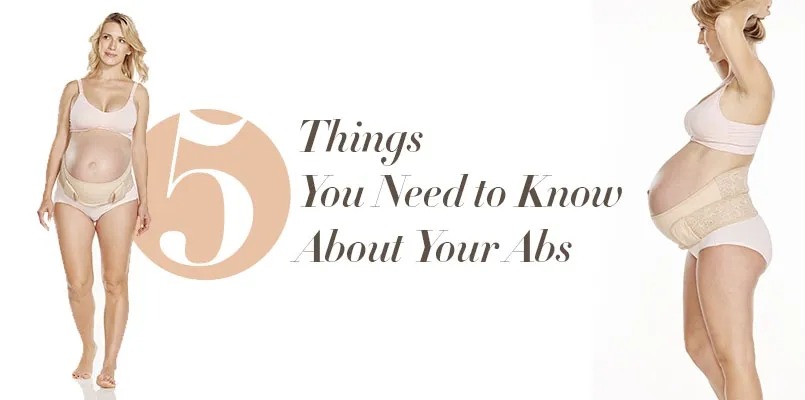If a sagging tummy, post bub, is what you’re most fearing right now, you’re not alone. But don’t despair, there are some things that you can do to prevent it.
During pregnancy, your very cute and weight-gaining mini-human puts a lot of pressure on your abdominal muscles, as it grows. Bless him. With the additional combination of hormonal changes and abdominal weakness, this can cause a condition called Diastasis recti.
The abdominal muscles separate from each other and leave a channel of nothing but the Abdominal wall separating the world from your organs. Charming, I know. This muscle separation can cause all sorts of issues. As a doula and Childbirth Educator, I have many women report lower back pain, hip pain, pelvic pain, pelvic floor dysfunction and in some cases, they developed hernias.
A hernia occurs when your organs poke through this exposed channel and can often be seen as protrusions through the abdominal wall. Hernias can be dangerous as they leave your organs more exposed than what they ought to be.
- Am I at risk?
Diastasis recti occurs in two thirds of all pregnancies. If you’ve had other pregnancies, are over the age of 35 years, are expecting a large bub or multiples! you’re at an even higher risk. So, we need to be smart about how we approach this issue.
Interestingly, newborn babies can also have this condition, but generally it goes away by itself. Men can get it too, sometimes from extreme dieting or from doing incorrect weightlifting and sit-ups.
- How can I avoid it?
There are several things to consider, when attempting to avoid Diastasis Recti.
What to do:
a. Wear a Belly Band! From as soon as you’re bump is on display, you should start wearing one. A belly band can reduce 20% of your abdominal separation.
b.Enjoy exercise, with a maternity-specific exercise plan, prepared by a specialist physician.
c. Switch those core muscles ON! Simply sitting and standing can contribute to muscle separation, because of the extra weight you’re carrying.

What to AVOID:
a. Straining when doing a poo!
b. Over-doing certain exercises – planking, crunches and the elusive Downward Dog are all a no-go!
c. Heavy lifting
d. Rolling-over-in-bed or getting up from bed in one movement. Do in gentle stages, using your arms to help lift yourself, instead of leaving it all up to those poor abs.
- Understanding your physiology
Whether they’re working or not, your abdominal wall has FOUR layers of muscle! Remarkable, right?
The most superficial muscles are the Rectis Abdominis muscles. Moving deeper, are your external obliques, then your internal obliques and then finally the transverse abdominal muscles. These deep core muscles are the ones we need to get good at ‘switching on’ to protect the rest of our bodies.
The best time to begin core strengthening is before you get pregnant, (Eeek!) but don’t be discouraged, there are plenty of good Exercise Physiologists and Personal Trainers who are specifically trained in caring for women during pregnancy and during the post natal period and will ensure that the exercise choices are carefully considered and modified to your specific needs. Real-time ultrasound is often used too, to give instant feedback of the abdominal and pelvic floor muscles. This can be a very helpful tool for both you and the physician.
- Which belly bands provide the best support?
Take a look at some of the 5 top-selling products in maternity support belly bands, and choose for yourself.
| Brand | Substantial abdominal, hip and back support | TGA approved (Medical grade garment) | Ergo. design | Improves blood circulation | Breathable and non-irritating | Fully Adjust-able | Cost |
| Mamaway Maternity Support Belt | Yes | Yes | Yes | Yes | Yes | Yes | $69.95 |
| 2-IN-1 Bandit Belly Band | Yes | No | No | Yes | No | No | $39.95 |
| Upsie Belly | Yes | No | No | Yes | No | No | $69.95 |
| Belly Boost | No | no | Yes | Yes | Yes | Yes | $49.99 |
| Maternity Support Bump and Belly Band | Mild | No | Flexes with body | No | Yes | No | $38.95 |


Leave a Reply